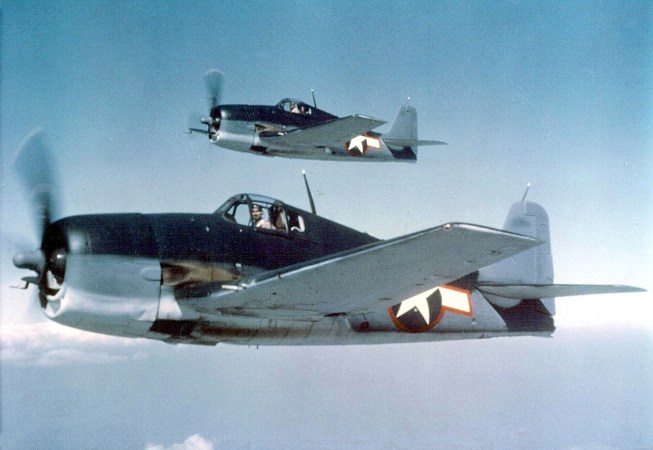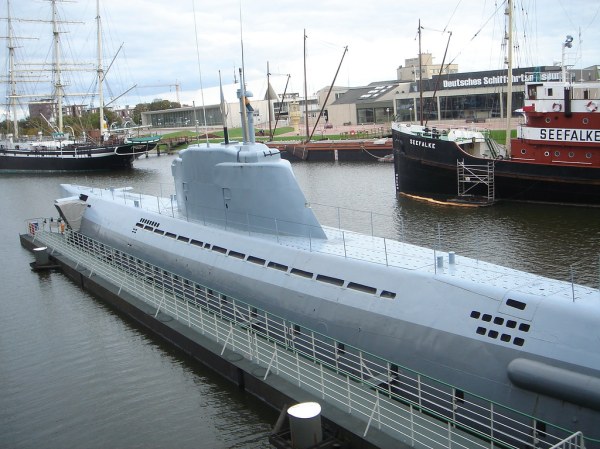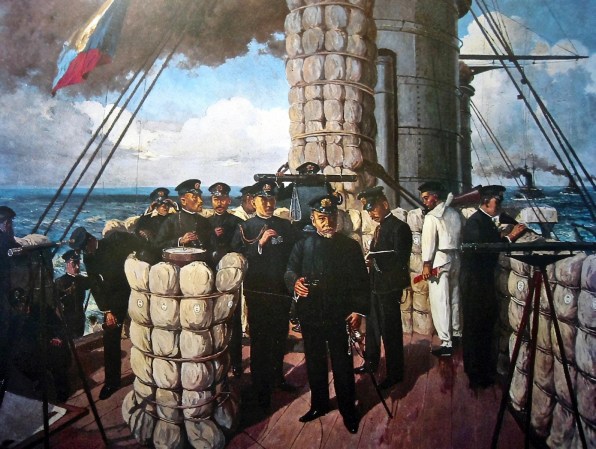The Gato-class, diesel-powered US Navy submarine USS Barb is known for a lot of things. In 12 war patrols, she sank the third most tonnage in World War II, had eight battle stars, and fired the first submarine-based ballistic missiles on Japan. It earned her crew a Presidential Unit Citation, among numerous other awards and decorations.
But one of its proudest moments was also its most daring. Crewmembers aboard the Barb were also the first American combatants to set foot on Japanese home soil — in order to “sink” an enemy train.
They did all of this without losing a single man.
On Jul. 23, 1945, eight members of Barb‘s crew landed on mainland Japan under intense cloud cover and a dark moon. Their mission was to rig a Japanese train track to explode when a train crossed a switch between two railroad ties. Immediately, their best-laid plans went right out the window, forcing the crew to improvise.

The USS Barb off the coast of Pearl Harbor, 1945.
The mission of the USS Barb was to cut the Japanese fleet’s supply lines by sinking enemy ships out of the island of Karafuto in the Sea of Okhotsk. This was the ship’s 12th war patrol, and the fifth for her skipper, then-Commander Eugene Fluckey. They could see as Japanese shipments moved from trains on the island to the ships. Once the ships were at sea, they were easy pickings for crews like the Barb’s.
But why, Fluckey thought, wait for the ships to get to sea? Why not just take them out before the trains ever reach the port? That’s exactly what Fluckey and his crew set out to do.
They couldn’t just place charges on the tracks, it would be too dangerous for the shore party once the Japanese were alerted. Instead, the U.S. Naval Institute tells us how Engineman 3rd Class Billy Hatfield devised a switch trigger for an explosive that, when set between the rails, would go off as the train passed over it.
That was the goal as the crew manned their boats and made it ashore that night, but they accidentally landed in the backyard of a Japanese civilian. So, they ended up having to struggle through thick bulrushes, cross a freeway, and even fall down drainage ditches on their way to the railway. Once there, a crewman climbed to the top of a water tower — only to discover it was a manned lookout post. Luckily, the guard was asleep and their work continued.
They dug holes for the 55-pound bomb as quickly and as quietly as possible, even having to stop as a freight train rumbled by. But they did it, put the pressure switch into place, and booked it back to the ship as fast as possible. At 1:47 am, a 16-car train hit their planted explosive and was shot into the sky. Five minutes after that, the crew was back aboard the Barb.

The Battle Flag of USS Barb, the train is located bottom middle.
Barb’s battle flag could now boast one enemy train “sunk” in combat, along with six Navy Crosses, 23 Silver Stars, 23 Bronze Stars, and a Medal of Honor earned by members of its crew.


























